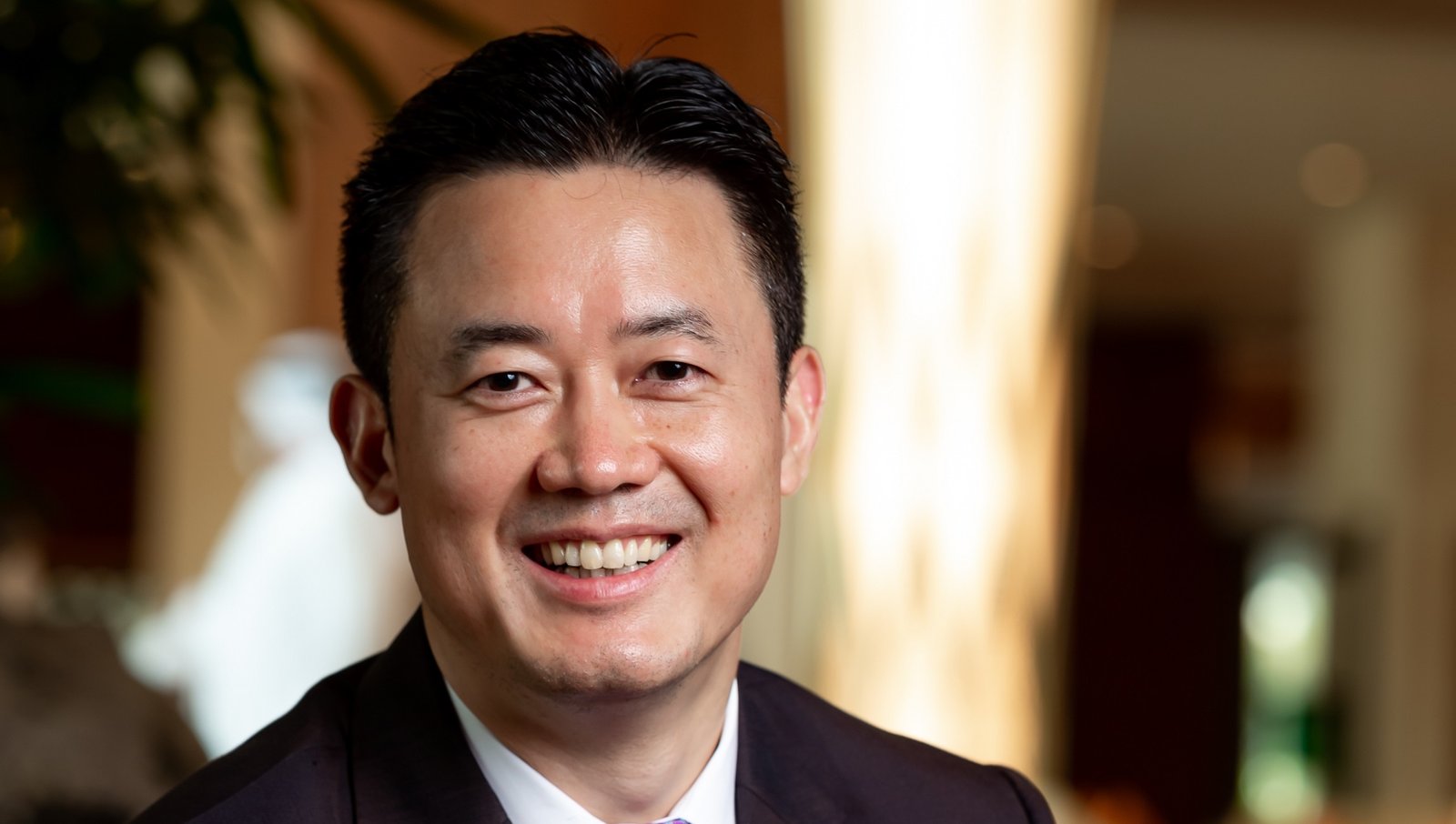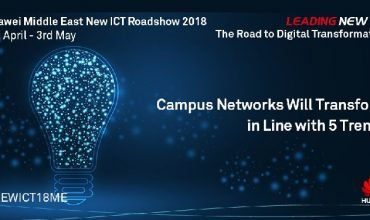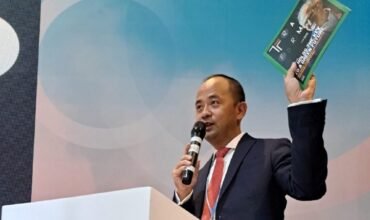Charles Yang, Senior Vice President of Huawei and President of Global Marketing, Sales and Services at Huawei Digital Power, talks to DC Post MEA on their journey in aiding the world to carbon neutrality.

Charles Yang, Senior Vice President of Huawei and President of Global Marketing, Sales and Services at Huawei Digital Power
Elaborate on Huawei’s background in power sector.
In order to contribute towards the goal of carbon neutrality, we are helping to meet our customers’ requirements for integrated energy solutions, and telecom carriers’ requirements for energy saving and emissions reduction. To do that, we have called upon our years of experience in digital and power electronics technologies. In June 2021, this resulted in Huawei Digital Power Technologies Co., Ltd. formally being established. Huawei Digital Power leverages its advantages in digital and power electronics technologies such as AI, cloud, and big data to help customers implement simple and efficient O&M, while providing clean and stable power supplies.
Data centers in particular consume a massive amount of energy. Is this an area you will be focusing on in the region?
By 2030, mankind will enter the era of YB data (1 YB = 1000 ZB). The amount of new data generated worldwide will reach 1003 ZB, more than 20 times that of 2020. ICT infrastructure is thus the foundation of the digital world and is also a big energy consumer. The proliferation of data will result in increasing energy consumption challenges to ICT infrastructure. The power consumption of data centers accounted for approximately 1% of global power consumption in 2019. According to Data Economy forecasts, data centers of the world will consume 1/5 of Earth’s power by 2025.
Data centers also face challenges such as time-consuming construction, high energy consumption, and difficult O&M. The construction process of data centers needs to be green and recyclable. Prefabrication and assembled construction will become more common. We adhere to the “modular + intelligent” design concept. By reshaping architecture, cooling, O&M, and power, Huawei builds secure next-generation data centers, helping customers to halve the construction period, accelerate their return on investment (ROI), and reduce the PUE by 8% to 15%.
Through continuous technological innovation, Huawei is committed to building green, efficient, and intelligent ICT infrastructure solutions to transform data centers into green, low-carbon engines of the digital economy.
With energy storage being one of the biggest challenges faced in the industry, how will digital technologies change these storage capacities?
Currently, around 40% of the world’s carbon emissions come from electric systems. To accelerate carbon neutrality, promoting the construction of new power systems based on renewable energy will be a key task. However, renewables such as solar and wind power are unstable power sources because they are intermittent and fluctuating. With the increasing proportion of renewables, a large number of energy storage systems must be deployed throughout power generation, transmission, distribution, and consumption of new power systems to function as reservoirs, regulators, and stabilizers. In a traditional energy storage system, for example, inconsistency of lithium batteries results in problems such as low available capacity, short service life, and potential safety hazards. Huawei thus leverages controllable power electronics technologies to help solve the uncertainty of lithium batteries.
Are there any flagship projects that Huawei Digital Power has already been working on in the region?
We have engaged with hundreds of businesses, consultants, NGOs, and governments around the world to look at opportunities across the energy ecosystem. By June 2021, Huawei Digital Power had already helped customers globally generate 403.4 billion kWh of green power, save 12.4 billion kWh of electricity, and reduce CO2 emissions by 200 million tons.
In one case in the Middle East, we helped our customer build a 300 MW PV power plant which generates approximately 800 million kWh of green power in one year, equivalent to powering about 45,000 households. It achieved the lowest electricity price among PV plants around the world that year, becoming the first to reach grid parity. We also used all-in-one prefabricated modular facilities to help one electricity customer accelerate broadband coverage. Compared with traditional civil engineering solutions, the time from hoisting to commissioning takes only one day for a prefabricated modular facility, reducing installation time and costs by 85%.
During our latest Global Digital Power Summit in Dubai, we have also announced several contracts, including a key contract with SEPCOIII for The Red Sea Project, with 400 MW PV plus 1300 MWh battery energy storage solution, which is one of the world’s largest energy storage projects.
What takeaways will be provided to regional governments and businesses, in light of hosting the inaugural Global Digital Power Summit in the UAE?
At our latest Global Digital Power Summit 2021, we recognized that the race to net-zero is on, and that the target of carbon neutrality truly requires a global coalition and international actions. Ultimately, digital technologies can help us achieve carbon neutrality ahead of schedule. They will also bring huge opportunities, especially in domains like PV and mPower. According to the International Energy Agency (IEA), to meet the goal of net-zero emissions by 2050, the annual increase in PV power will reach 630 GW, and that in wind power will reach 390 GW by 2030. Meeting the net-zero target requires total annual energy investment of US$5 trillion by 2030, adding an extra 0.4 percentage a year to global GDP growth.



